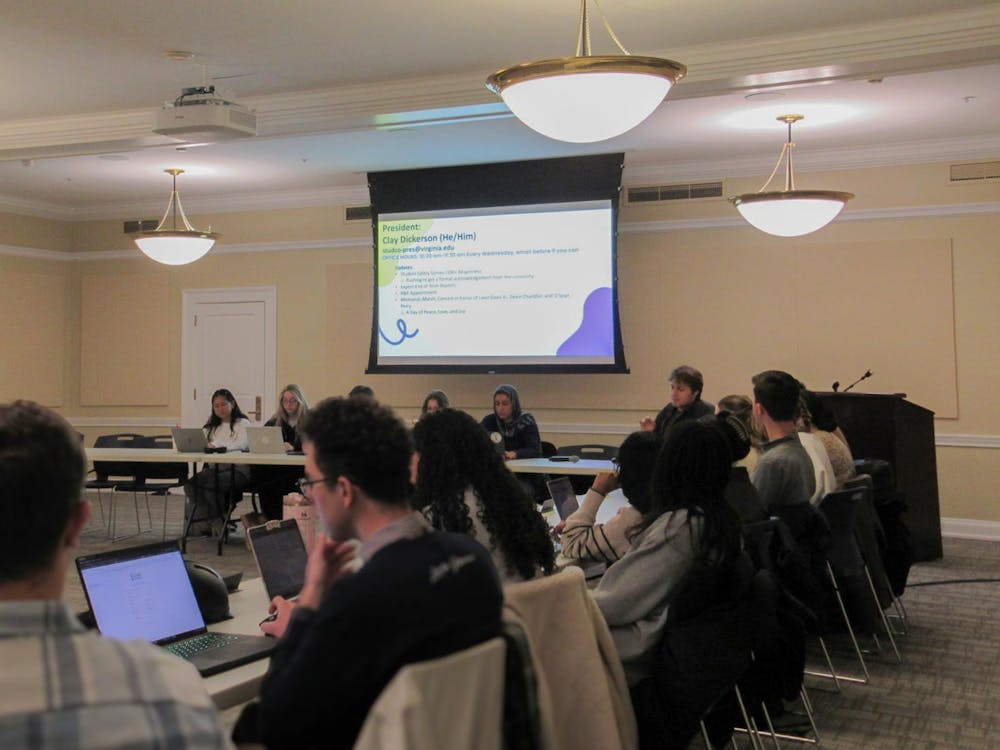In the face of a growing effort to improve transit efficiency and access, both City of Charlottesville and Albemarle County officials discussed plans for a new regional transit system last week.
"We have agreed to develop a regional transit authority, which will be jointly owned by the city and the county," Charlottesville Mayor Dave Norris said.
This new proposal significantly differs from the current transit system, which is owned solely by the City of Charlottesville, yet also provides service to Albemarle County, said David Slutzky, a county Board of Supervisors member?. If the two entities share ownership, taxes can help fund the system, he added.
The city and county began discussions last year, Slutzky said, and much of the initial planning was done by the Thomas Jefferson Planning District Commission.
Commission Executive Director Harrison Rue? noted several specific benefits presented last week. The new system will, at the minimum, consist of enhanced bus service, Rue said, adding that if the plans are properly funded and successfully run, a more advanced bus "rapid transit system" is also a strong possibility.
Slutzky also noted that a rapid transit system would do more than just provide the city and the surrounding area with shortened bus travel times; the proposed system also could feature new routes, more efficient buses, bus priority at intersections and much more.
To accomplish these sorts of goals, officials are in the midst of the decision-making process to determine what form the new system should take and how it should be funded.
"We wanted to narrow down the range to finish up the consulting part of the study," Rue said, noting that the consulting is focusing on funding the new and improved system.
Slutzky also noted the possibility of achieving rapid transit, for example, by seeking permission from Virginia's Department of Transportation to use an existing lane on Route 29 for the transit system. Slutzky added that the new system will prove useful for the University community.
All members present at last week's meeting agreed that the new regional system should reach all major destinations, including the downtown area, Pantops, the University Medical Center and Route 29 North, Norris said.
"We are in consensus about the need to significantly expand our system, we are unanimous in our desire for a new mechanism, and we are unanimous in desire to find funding sources," he said.
According to Slutzky, there was some divergence, however, as to what level of expansion should occur.
"Consultants did an operation cost and capital cost analysis," he said. "The most aggressive system price tag ranges from $30 million to $138 million, depending upon what is accomplished."
The most expensive estimates, he added, include the cost of creating a new lane on Route 29, which would exclusively serve rapid transit buses providing fast and punctual service.
Norris voiced concern about funding the most expensive package, unless the money is already available.
"$100 million was just [estimated for] the lane, and whether or not we go that route will be determined," he said. "I think that if there are dollars out there, though, and we can build a dedicated lane, it would be worth doing."
Slutzky, however, said future funding for the project might be attained via increased taxation. Both the county and the city, according to Slutzky, plan to present a unified tax proposal to the General Assembly during the next session in order to gain those rights. Council member Dennis Rooker also said the plan could potentially receive federal aid.






